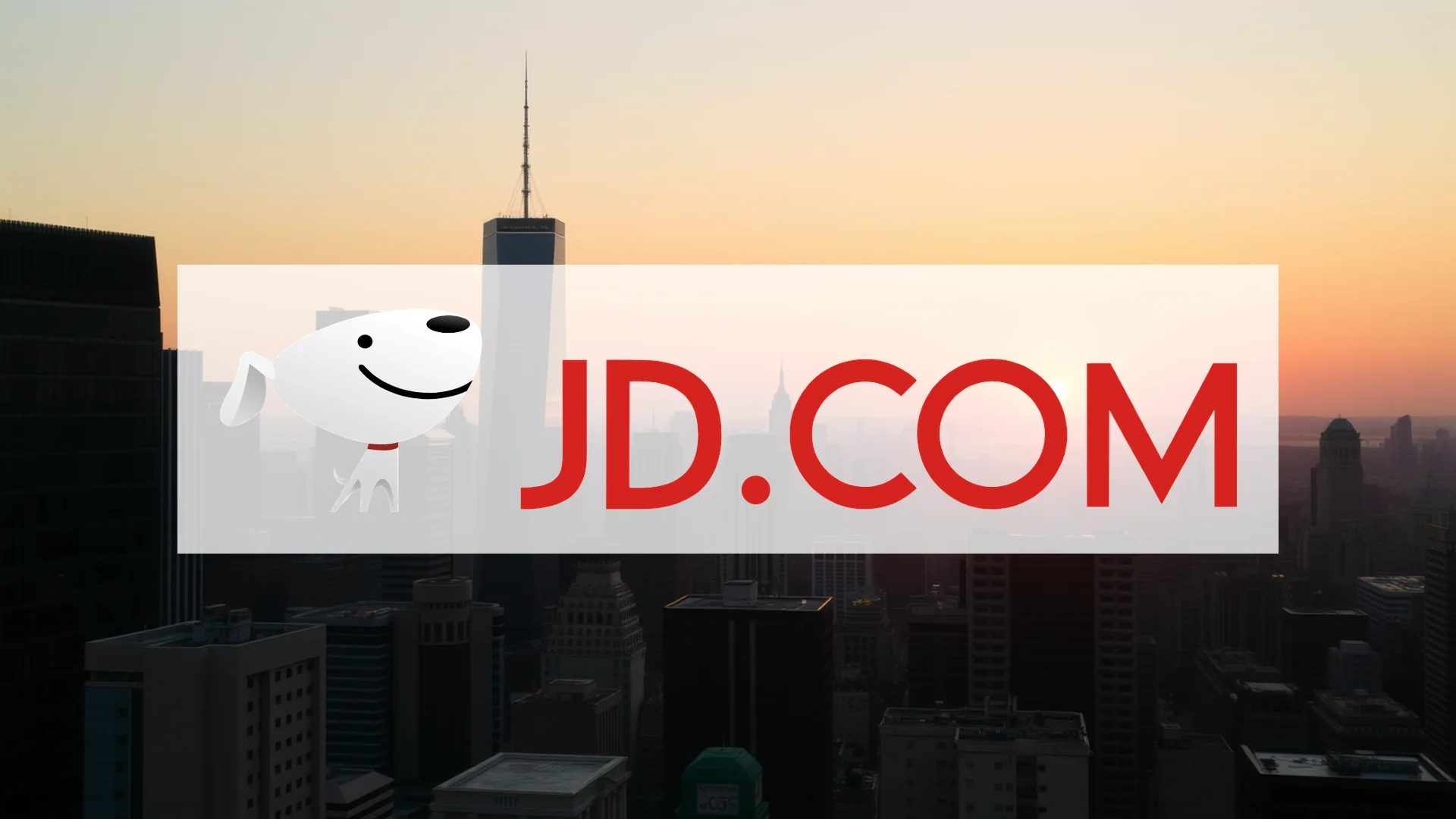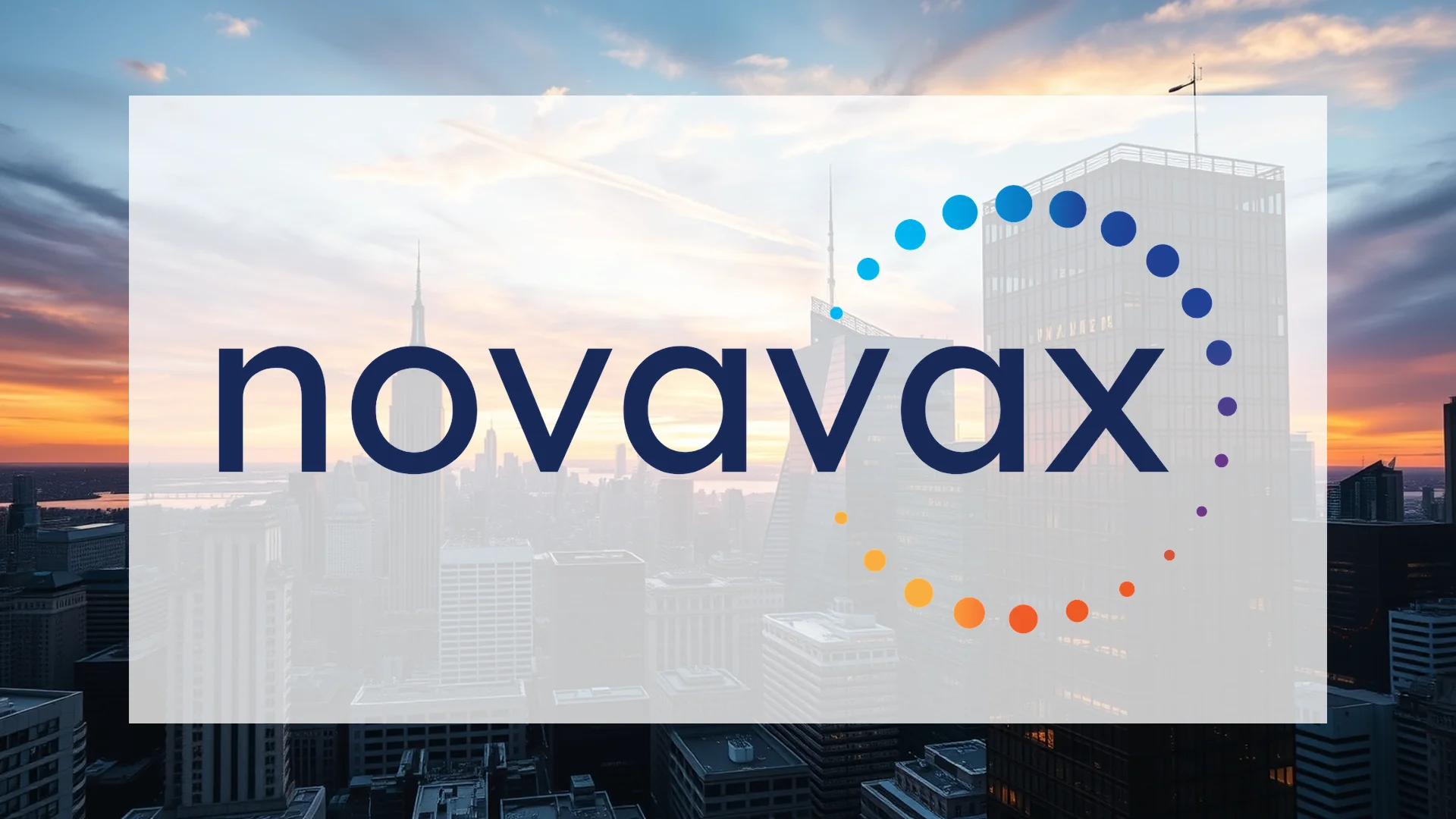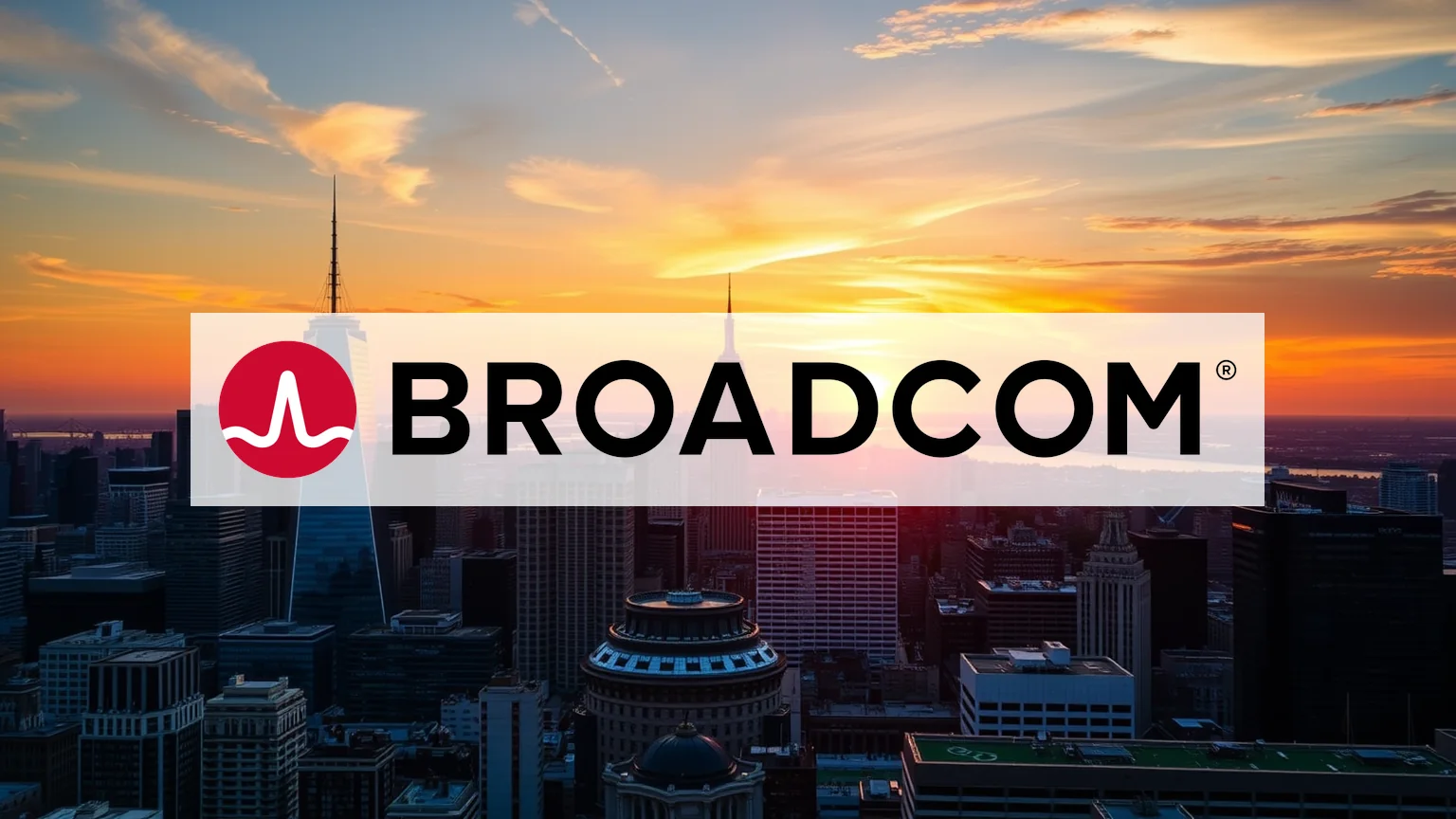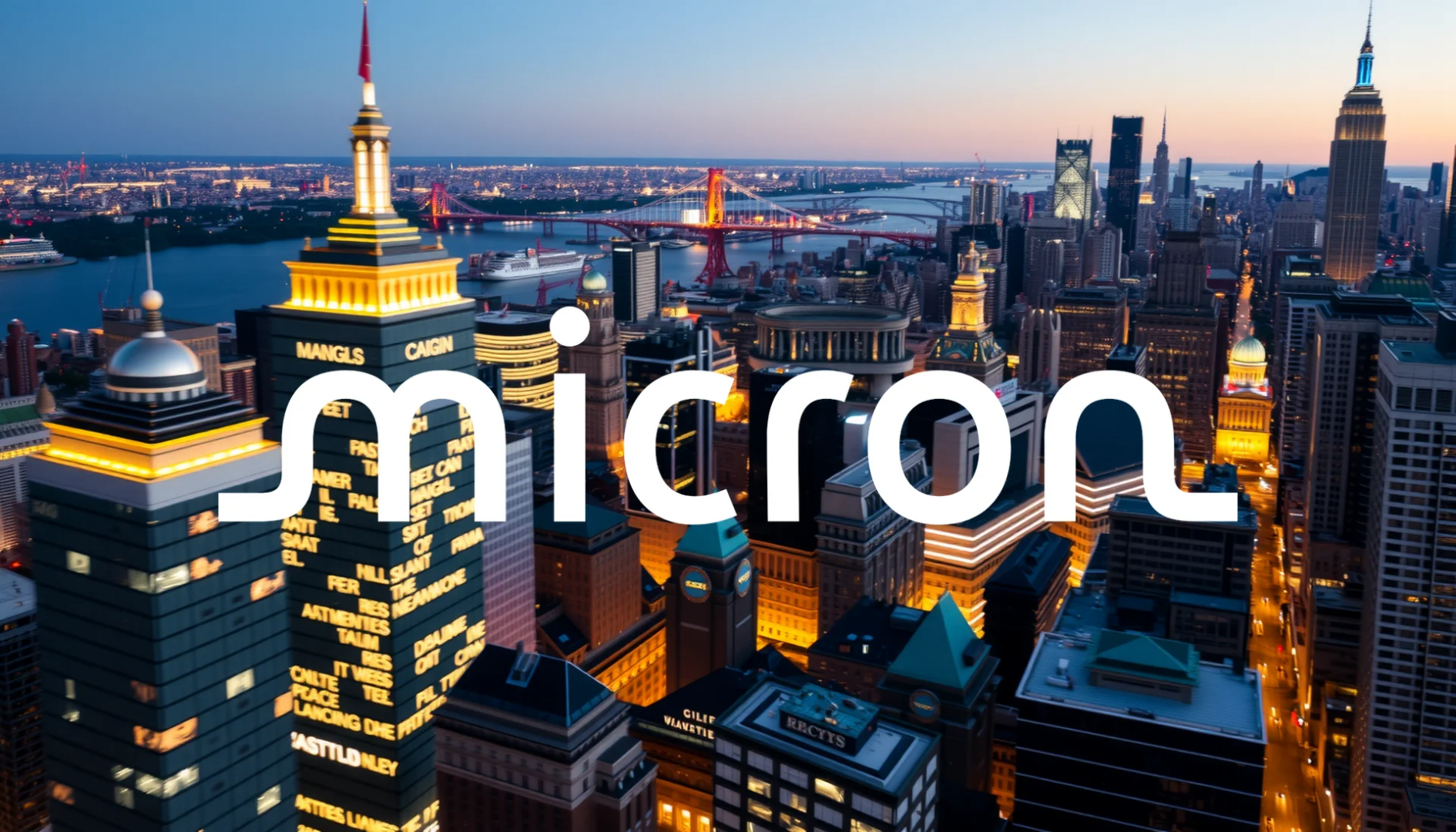Eli Lilly and Company has launched a remarkable strategic initiative, announcing three major transactions worth billions of dollars within days. This aggressive maneuvering propelled the pharmaceutical giant’s stock to unprecedented levels while signaling a multifaceted approach to growth that extends beyond simple pipeline expansion. The company is simultaneously strengthening its research capabilities while directly challenging competitors and intermediaries in the healthcare landscape.
Strategic Moves Beyond Obesity Treatment
While Eli Lilly has dominated headlines with its successful diabetes and obesity treatments, recent developments reveal a broader strategic vision. The company is deploying substantial capital to diversify its therapeutic portfolio and secure future growth drivers.
In a significant neuroscience play, Eli Lilly established a collaboration potentially valued at $2.6 billion with South Korean biotech firm ABL Bio. This partnership focuses on ABL Bio’s “Grabody-B” technology platform, designed to transport therapeutic agents directly to the brain. This approach could represent a breakthrough for treating neurological disorders, positioning Lilly in a promising market beyond its current blockbuster products.
Concurrently, the company secured exclusive rights to RNA therapies from China’s Sanegene Bio in a deal with potential value reaching $1.2 billion. This move targets metabolic diseases, strategically broadening Lilly’s already robust diabetes and obesity pipeline.
Confronting Healthcare Intermediaries
Perhaps the most telling development involves Eli Lilly’s corporate benefits strategy. Beginning January 2025, the company will transition prescription drug management for its 50,000 employees from CVS Caremark to smaller competitor Rightway.
Should investors sell immediately? Or is it worth buying Eli Lilly?
This decision carries significant industry implications. The shift comes after CVS demonstrated preference for Novo Nordisk’s weight loss medication Wegovy over Lilly’s competing product Zepbound. By publicly switching administrators, Eli Lilly demonstrates its willingness to leverage market power against pharmacy benefit managers that disadvantage its products. This bold stance highlights the intensifying competition within the lucrative weight-loss medication sector and Eli Lilly’s determination to challenge established distribution channels within the complex U.S. healthcare system.
Market Response and Financial Outlook
Financial markets have responded enthusiastically to this triple-pronged strategic offensive. Following the announcements, Eli Lilly shares surged to record territory, approaching the $1,000 threshold.
The company has raised its full-year guidance for the second time, now forecasting revenue between $63 billion and $63.5 billion. Projected earnings per share stand in the range of $23 to $23.70. Market sentiment remains decidedly bullish as analysts recognize the comprehensive nature of Lilly’s expansion strategy.
Through simultaneous pipeline development, strategic diversification, and assertive market positioning, Eli Lilly has delivered a clear message: the company aims not merely to compete in obesity treatment but to establish leadership across multiple therapeutic areas and distribution channels.
Ad
Eli Lilly Stock: Buy or Sell?! New Eli Lilly Analysis from November 13 delivers the answer:
The latest Eli Lilly figures speak for themselves: Urgent action needed for Eli Lilly investors. Is it worth buying or should you sell? Find out what to do now in the current free analysis from November 13.
Eli Lilly: Buy or sell? Read more here...










